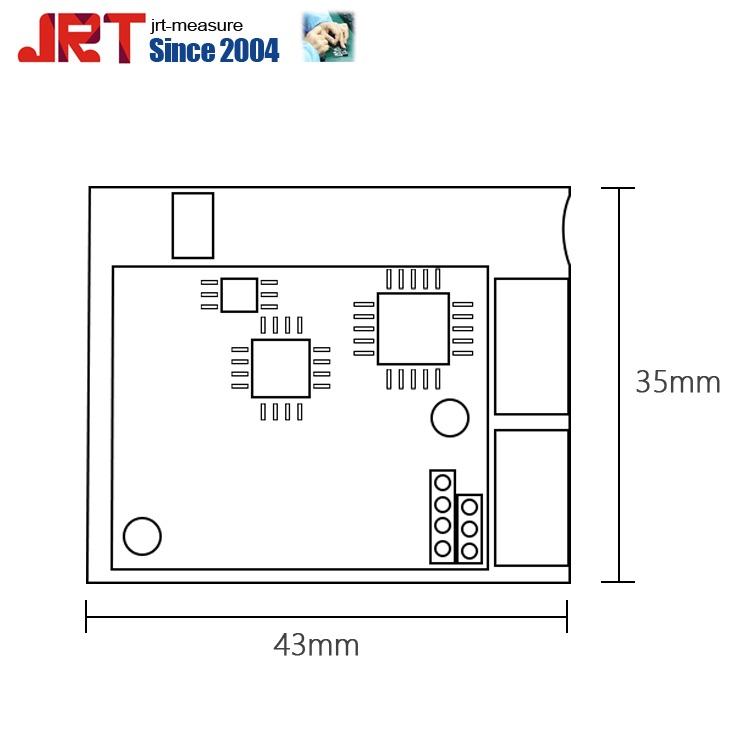The pattern of the party, the name of Chinese medicine, is the perennial herb of the Campanulaceae, the same genus of Codonopsis. The roots are thick, slender, smooth, and have a fast growth. They have the effect of supplementing and benefiting the body and nourishing blood. In our county, a large area of ​​cultivation, especially the Bodian Party in Boao Township, is famous for its remarkable efficacy, good quality, and high commodity value. Now we will briefly introduce the cultivation techniques of the squadron as follows. For peer reference. First, the choice of seeds. Seeds should be selected from last year's harvest from July to September in the lunar calendar, requiring good maturity, full grain, brown color, dryness, no decay, no pests. Second, soil selection. The stump is suitable for growing in mountainous wild lands, large black soils and yellow lands with deep soil layers, high humus contents, rich nitrogen, phosphorus, and potassium. The required slope does not exceed 25 degrees and the altitude is between 1800-2800 meters. Before the planting, we must straighten the land, remove weeds, rocks and fine soil. Third, nursery. The nursery time is from March to April. Seedlings should be selected for sunny, gravel-free, fertile soil, deep soil plots. Mushi 2000 kg farmyard fertilizer and 300 kg of plant ash, under the amount of 2-2.5 kg per acre, even after sowing the site preparation, flat with wood taps or tapping with a foot, with thin soil just buried seeds subject; slope with Sweep thin branches or broom to make the seeds evenly into the topsoil, then evenly cover the shade with fine branches or crop stalks. Fourth, transplanting. It takes 10 months to grow the seedlings in the seedling stage, and it is necessary to pay attention to removing weeds regularly to prevent the trampling of humans and animals. Transplanting can be planted in spring or in autumn. The spring planting time is 2-3 months in the second year of the lunar calendar. When the soil is thawed, the grained seedlings begin to sprout, and the seedlings are lightly excavated, and the seeds are put into small pieces, and the roots must not be damaged so that they can be handled and transplanted. The survival rate of spring planting is high, but there are many roots. The autumn planting time is the second year of the lunar calendar from the middle of September to the middle of the month. When the upper part of the seedling is withered, it is transplanted. During this period, the seedlings of the seedlings have less roots, longer and thicker roots, and higher commodity value. Transplanting a viable plant can also be "planting." Rows are planted at a spacing of 33.33 cm, digging 18-22 cm deep shallow ditch, and then planting the seedlings obliquely in the ditch at a plant spacing of 15-18 cm, combined with applying farmyard manure, and burying the roots of the seedlings in the soil. The distance between the nests is 33.33 cm, and 2 to 3 plants are planted in each nest, and they are erected separately. Fertilize and bury the roots with soil. Fifth, field management. After planting, the planting area is protected with fences to prevent animal invasion and trampling. In the spring and summer seasons, we combine cultivating rushes of weeds with 1,000 kg of farmyard fertilizer per acre. Six, seed collection. Each year, the seeds are picked from July to September in the lunar calendar. After the shade has been removed from the turf, it is wrapped in a white coarse cloth bag and carefully stored in a cool, dry and ventilated place. Seven, mining and processing 1. Excavation: The grain is usually excavated once every 1-2 years. The best time for excavation is in early September and early October. During this period, the roots of the streaking party are full, which is generally 1.25 kg and 500 g. Be cautious when digging, whole roots should be dug up, and do not hurt the roots, so as not to affect the price level. The average yield of fresh produce is about 400 kg. 2, processing (rough processing): The excavated fine party in the same day with clean water rinse, wash with hand or cotton brush gently scrub, wash, with a string of fine hemp rope, each string 3 meters, hung in Under the eaves of sunny, ventilated, and sheltered from the rain, when the sun is dry to the half dry, after pressing it several times with a handkerchief or a board, it is completely dry and can become a dry-line party.
Long distance LiDAR sensor series are particularly easy to communication thanks to their fixed connector, which can be plugged it up and off by yourself. Voltage is wider from 8v before to 36v. Low power consumption feature makes it beceome a very competitive, high performance-price ratio, long range Laser Distance Sensor.
Highlights:
> Measurement frequency: 400 Hz (Max 60m 3000Hz)
Parameters:
Accuracy
±10cm(<50m) /±1%(>50m)*
Measuring Unit
cm
Measuring Range (without Reflection)
0.1-200m
Interface options
Serial/usb/rs232/rs485/bluetooth
Measuring Frequency
400 Hz
Laser Class
Class I
Laser Type
905nm
Weight
About 20g
VInput Voltage
8V-36V
Resolution
1cm
Size
43*35*21mm
Operating Temperature
-15℃~50℃
Storage Temperature
-40℃~85℃
Chengdu JRT Main Ranging Modules: Industrial Laser Distance Sensors, Laser Rangefinder Sensor, Tof LiDAR Sensors.
Speed Laser Sensor,Long Range Lidar,Long Range 3D Lidar,Long Range Radar Sensor Chengdu JRT Meter Technology Co., Ltd , https://www.accuracysensor.com
> Long range: 200m
> High temperatures: -10~+50℃
> UART output
> Connector design: easy to use
